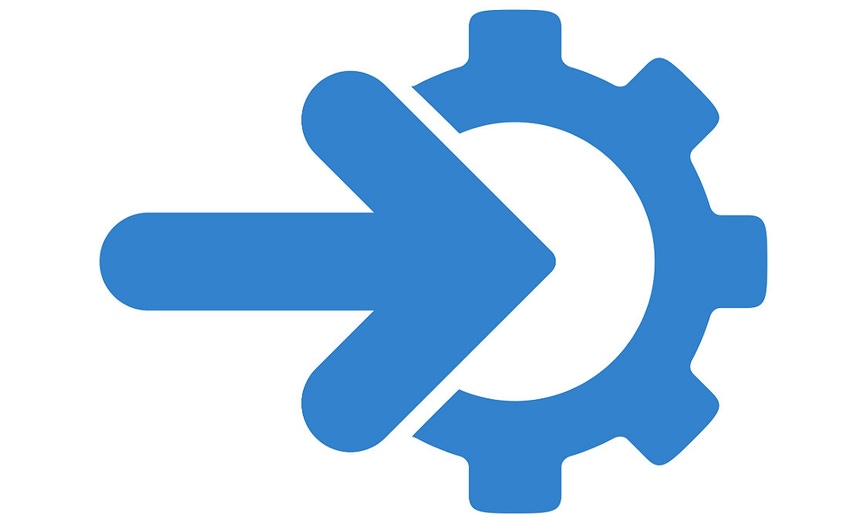Digital transformation challenges businesses to modernize, a survey reveals.
January 22, 2019

Digital transformation projects are underway at businesses everywhere, but application and cloud integration challenges are resulting in staggering costs — to the tune of $1 million annually at some organizations, according to Cleo, a cloud and ecosystem integration technology vendor.
Cleo’s newly released report notes how poor integrations and lack of resources contribute to hundreds of lost orders each year, leading to annual revenue losses in the range of $250,000-$500,000 for more than half (57 percent) of survey respondents, and upward of $1 million for others.
Fifty-five percent of respondents reported an average loss of 50-150 orders per year. It was much worse for 5 percent who said they lost an average of more than 500 per year.

Cleo’s Tushar Patel
“The overwhelming consensus from these IT decision-makers is that new business demands – many of them brought by forces outside the company – are putting additional pressure on organizations and technologies to deliver better ecosystem integration solutions,” said Tushar Patel, chief marketing officer at Cleo. “And when they can’t, it’s costing the business money. But for many of these organizations, it’s not an immediately solvable problem because they don’t have the strategy, the tools, the budget or the resources to execute on these revenue-impacted initiatives.”
The Cleo report surveyed 100 IT decision-makers across industries such as supply chain, financial services, retail and e-commerce, health care and technology sectors, with almost three-quarters reporting annual revenue of between $100 million and $1 billion.
Key revenue-impacting initiatives centered on faster time to revenue with new business partners, optimized B2B processes, and enhanced business transparency. The most reported challenges with the respondents’ B2B solutions and processes were the inability to:
Integrate with new applications, especially SaaS applications.
Quickly on-board new customers and partners.
Automate critical transactions powering the ecosystem.
Gain visibility into end-to-end data flow.
Diving a bit deeper into the report data, survey respondents expressed concern in their ability to: integrate legacy systems and modern SaaS applications without disruption (25 percent); accelerate end-to-end data flows between internal and partner applications (46 percent); source and acquire the skill sets required to build and manage integrations (29 percent); and eliminate the manual integration processes (63 percent).
The Cleo report clearly highlights the need for digital transformation, but businesses are struggling to monetize it; in fact, almost half (48 percent) of survey respondents reported that modernization is a struggle at their organization, while at the same time, the imperative to do so is real.
Twenty-two percent of those surveyed report that legacy technology hinders revenue growth, because of business delays due to slow on-boarding processes of new customers and trading partners.
Many businesses spend time and money on existing legacy systems, yet 47 percent report an increasing need to integrate with cloud applications to meet business demands. According to the report, the common challenges with legacy technologies include: inflexible integration structure; poor data flow visibility between systems and applications; and siloed and one-off solutions that are cumbersome to manage.
Cleo’s survey revealed what IT decision-makers are doing (or want to do) to bridge the gap between legacy systems and modern technologies:
Ninety percent said they plan to migrate core integration capabilities to the cloud within a year.
Sixty percent see end-to-end data visibility as an important requirement to managing their digital ecosystem.
Fifty-five percent feel enhanced data security will be critical to future business needs.
One-quarter (25 percent) of companies struggle with integrating.
About the Author(s)
You May Also Like


